‘Root Cause’ of Starliner Problems Possibly Found, But Astronauts’ Return Remains Uncertain
Boeing’s Starliner spacecraft has faced numerous challenges during its inaugural crewed test flight, leaving the return date for astronauts Butch Wilmore and Suni Williams uncertain.
Over the past few weeks, NASA and Boeing have been working tirelessly to understand and resolve these issues.
Initial Troubles
The Starliner experienced significant problems including helium leaks and malfunctioning thrusters on its journey to the International Space Station (ISS).
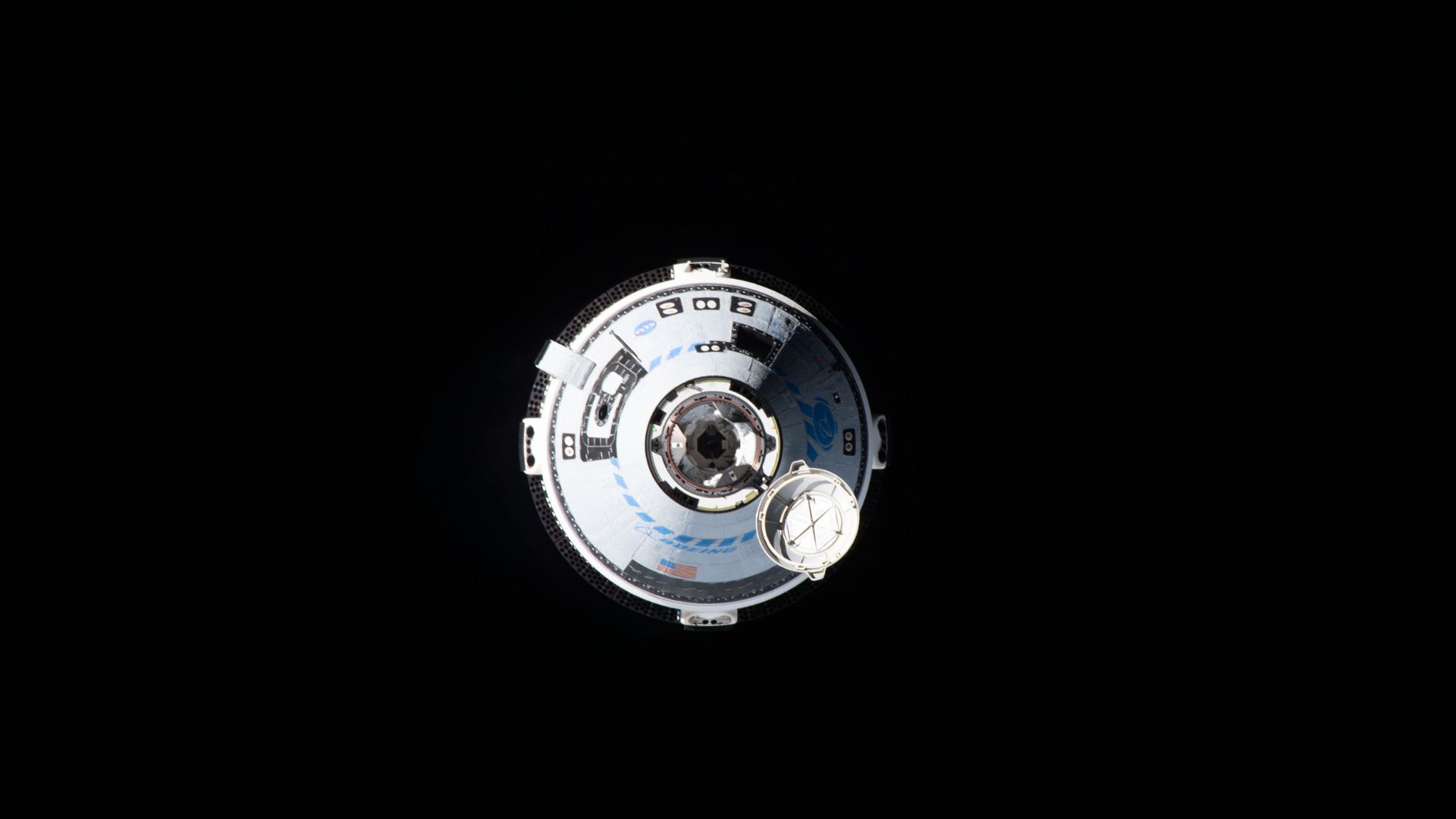
Source: Bob Hines/NASA/Wikimedia Commons
These issues raised concerns about the spacecraft’s ability to safely bring the astronauts back home.
Ground Testing in New Mexico
To get to the bottom of these problems, engineers conducted extensive tests at a site in New Mexico.
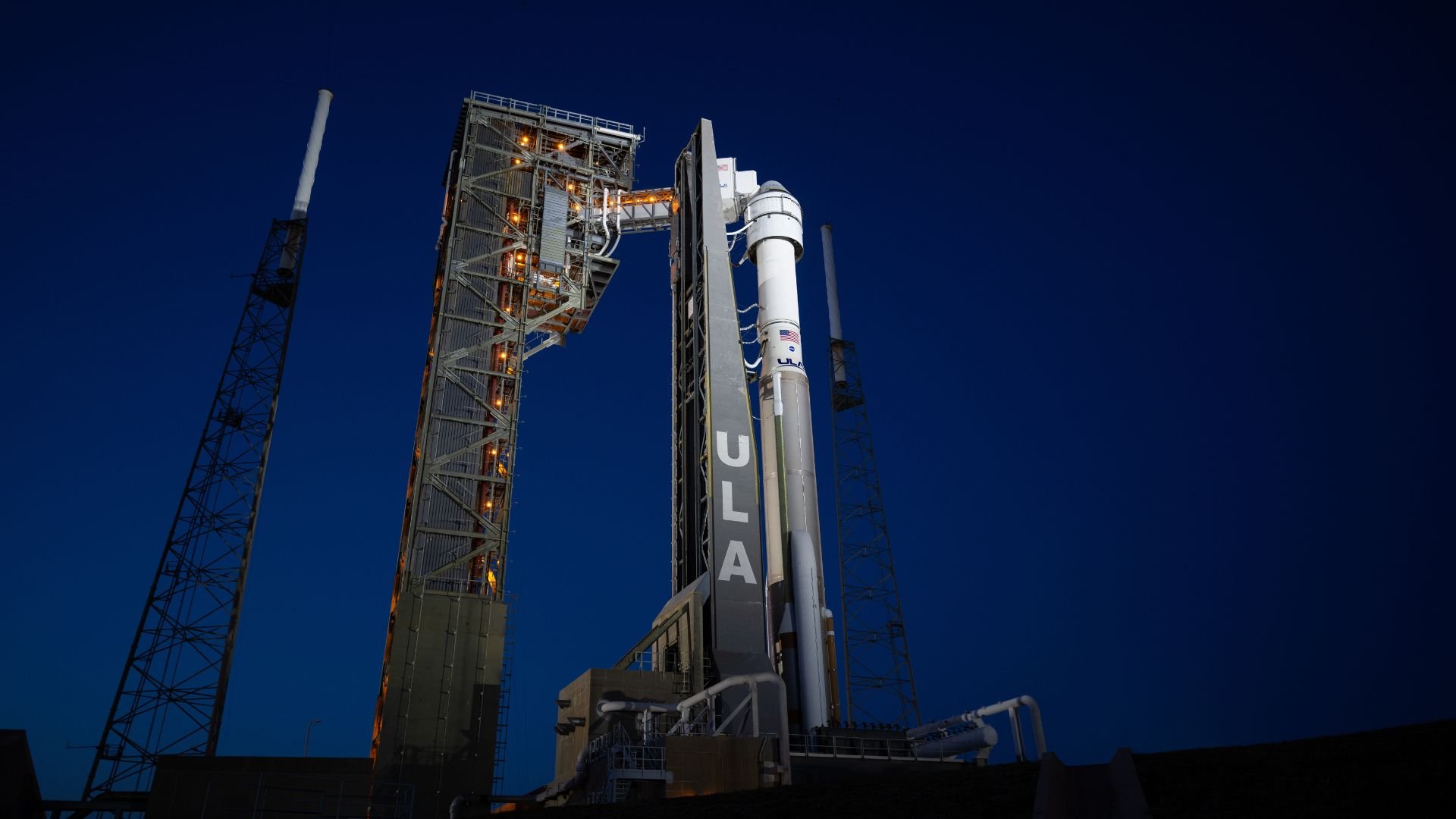
Source: NASA/Joel Kowsky/Wikimedia Commons
They fired the test engines more than 1,000 times, simulating the thrusters’ operation during both the outbound and return trips.
Discovering the Thruster Issue
The tests helped engineers understand that heat buildup inside the thrusters might be causing Teflon seals to bulge.
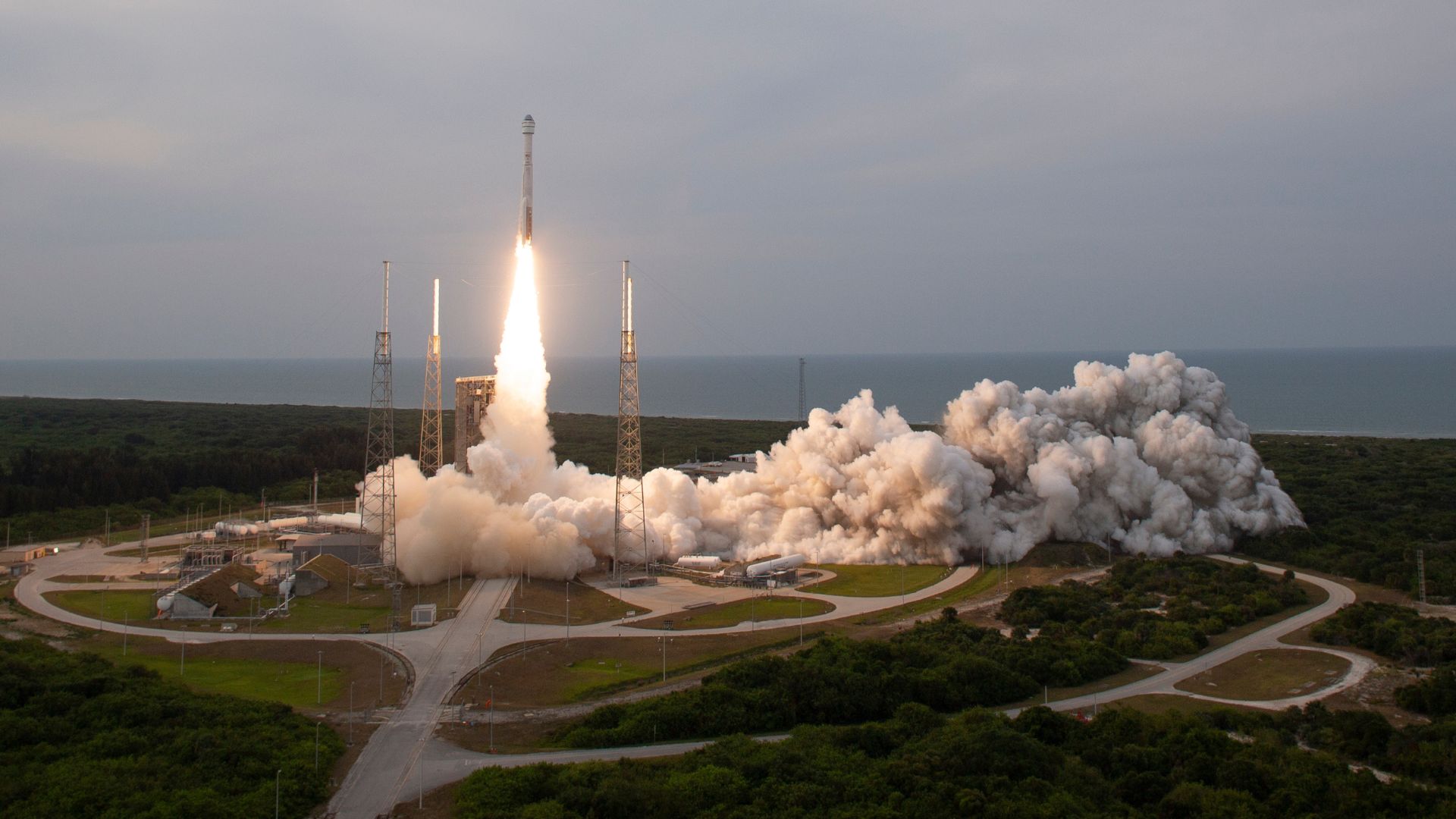
Source: NASA/Joel Kowsky/Wikimedia Commons
This bulging restricts the flow of propellant, which could explain the unexpected shutdowns of the thrusters during flight.
Impact of Manual Maneuvers
NASA and Boeing decided that astronauts would not manually fly the Starliner during its return.

Source: Bob Hines/NASA/Wikimedia Commons
Steve Stich, NASA’s Commercial Crew Program manager, mentioned that manual maneuvering during the trip to the ISS had put extra stress on the thrusters.
Helium Leaks Investigation
In addition to the thruster issue, engineers have been investigating helium leaks that occurred during the spacecraft’s journey.

Source: NASA/Wikimedia Commons
Analysis of components on the ground suggested that exposure to propellant vapor might have degraded the seals.
Potential Solution for Seals
To address the helium leaks, Boeing plans to replace the current seals with materials that are less susceptible to degradation by propellant vapor.

Source: NASA/Wikimedia Commons
This change aims to prevent similar issues in future Starliner missions.
Continuing Tests in Space
NASA and Boeing will conduct further tests on the Starliner’s thrusters while it remains docked at the ISS.
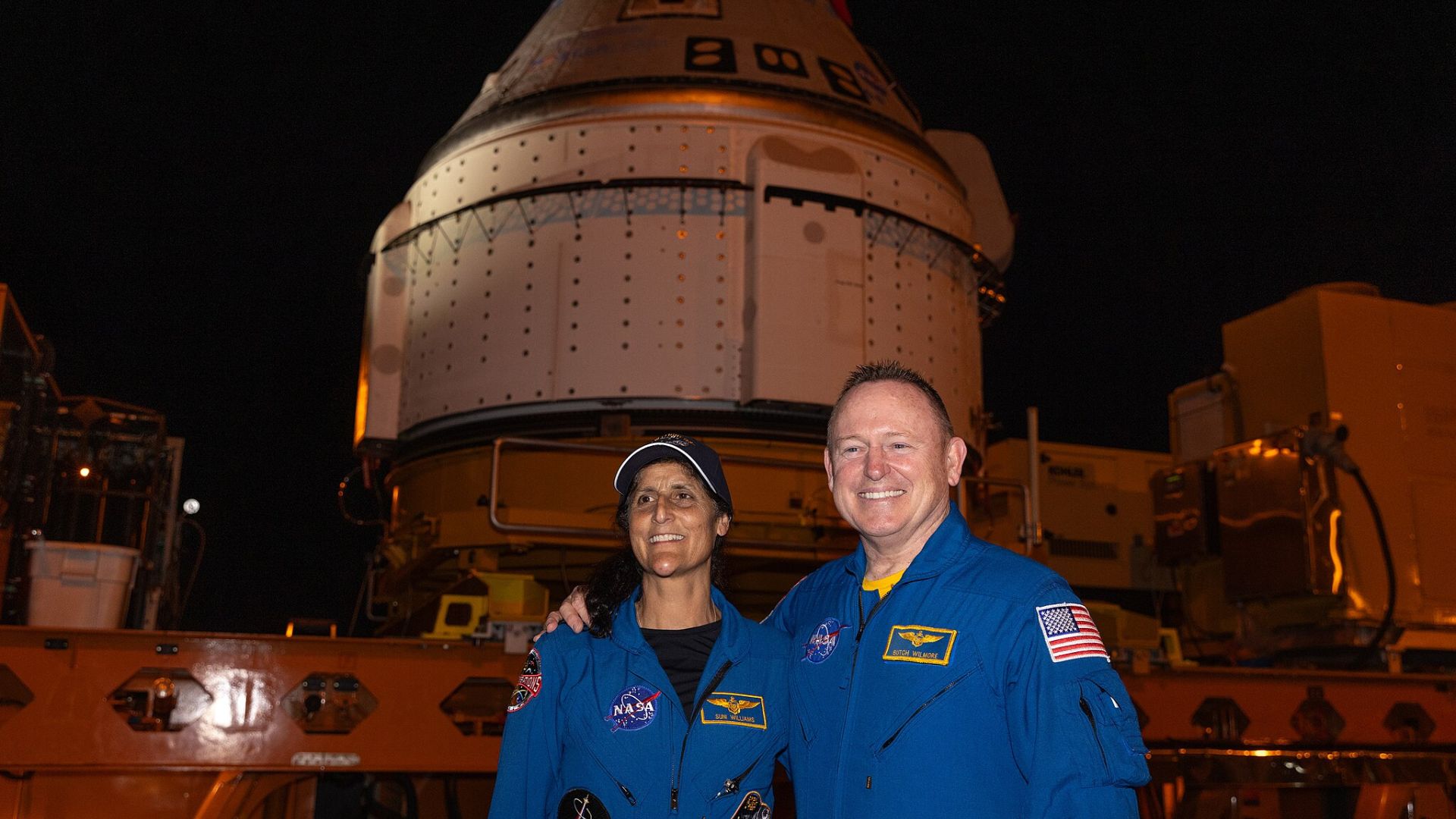
Source: NASA/Kim Shiflett/Wikimedia Commons
This includes firing 27 thrusters to better understand the helium leak issue and ensure the stability of the spacecraft’s systems.
Review and Analysis
The ongoing tests and analyses are crucial for determining whether the Starliner is ready to safely bring the astronauts back home.

Source: NASA/Joel Kowsky/Wikimedia Commons
A comprehensive review will be conducted to finalize preparations for the spacecraft’s undocking and return.
Confidence in the Starliner
Mark Nappi, Boeing’s Commercial Crew Program manager, expressed confidence in the vehicle’s readiness.
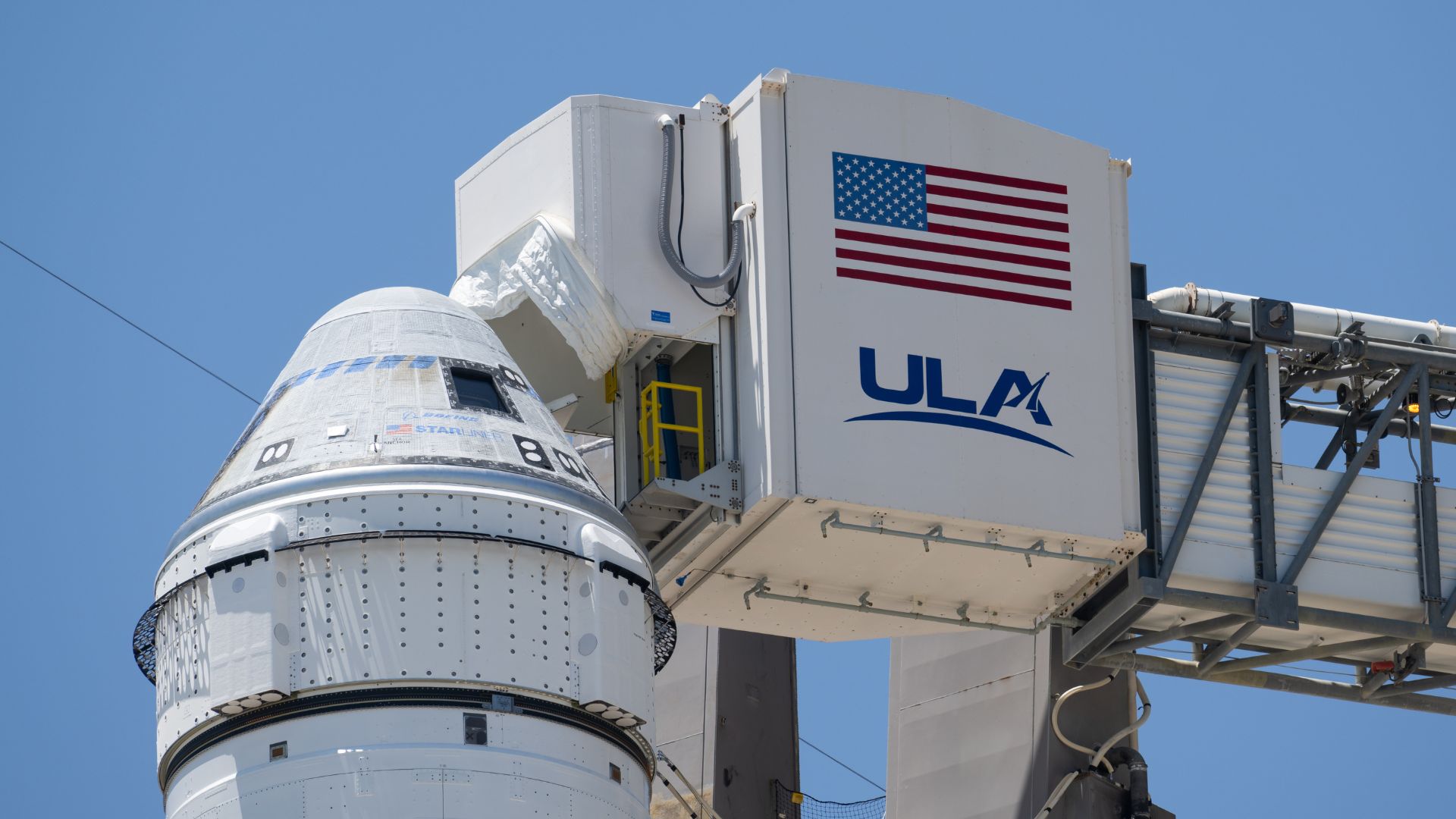
Source: NASA/Joel Kowsky/Wikimedia Commons
“Of course, I’m very confident we have a good vehicle to bring the crew back with,” he stated, reflecting the team’s cautious optimism.
Contingency Plans
Despite the progress, NASA has contingency options if the Starliner is not approved for the astronauts’ return.
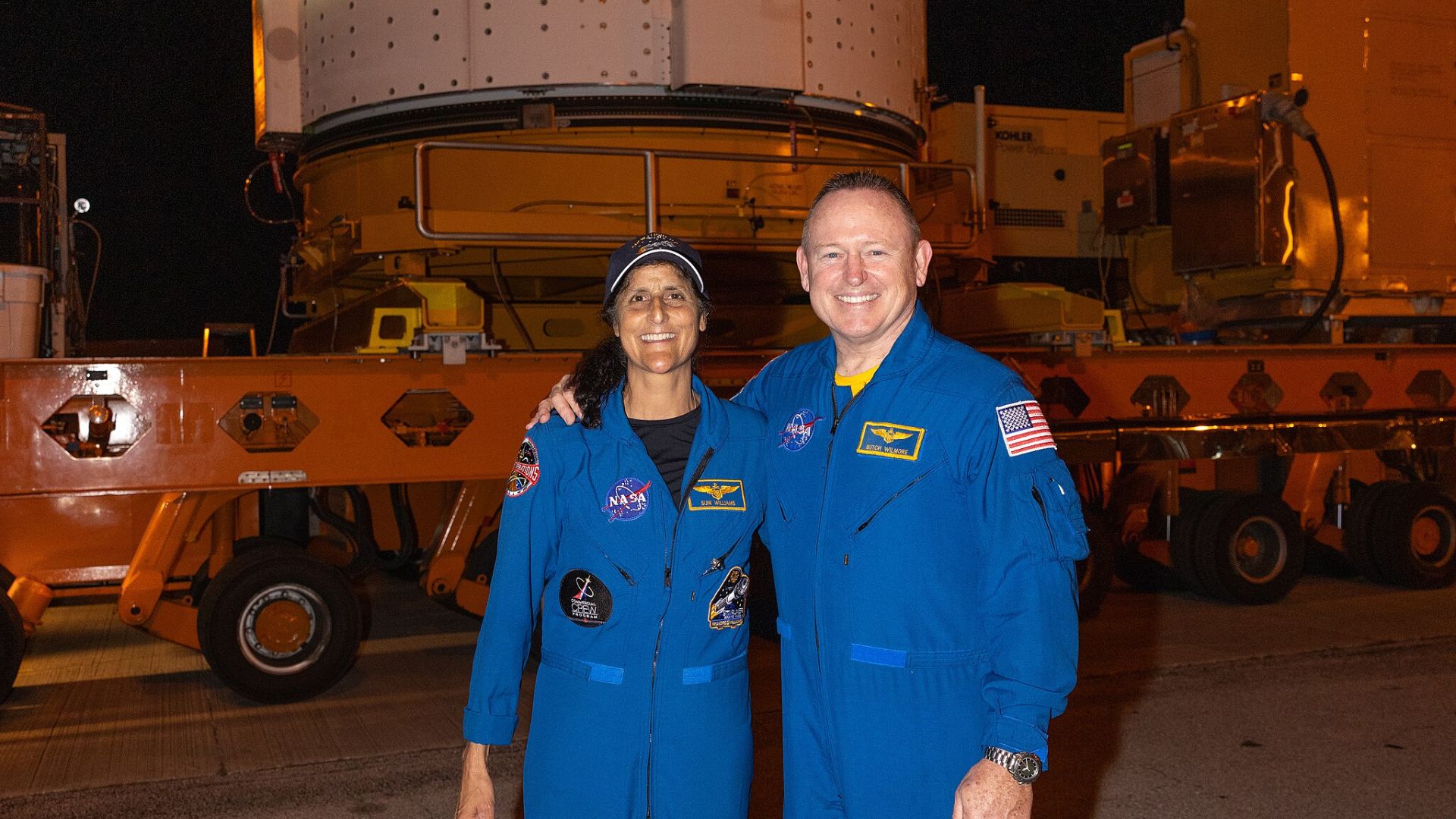
Source: NASA/Wikimedia Commons
Steve Stich emphasized the importance of understanding the helium leaks and managing them effectively before making a final decision.
Awaiting the Final Decision
As of now, Wilmore and Williams have been in space since June 6, and their mission duration is approaching the maximum limit of 90 days.
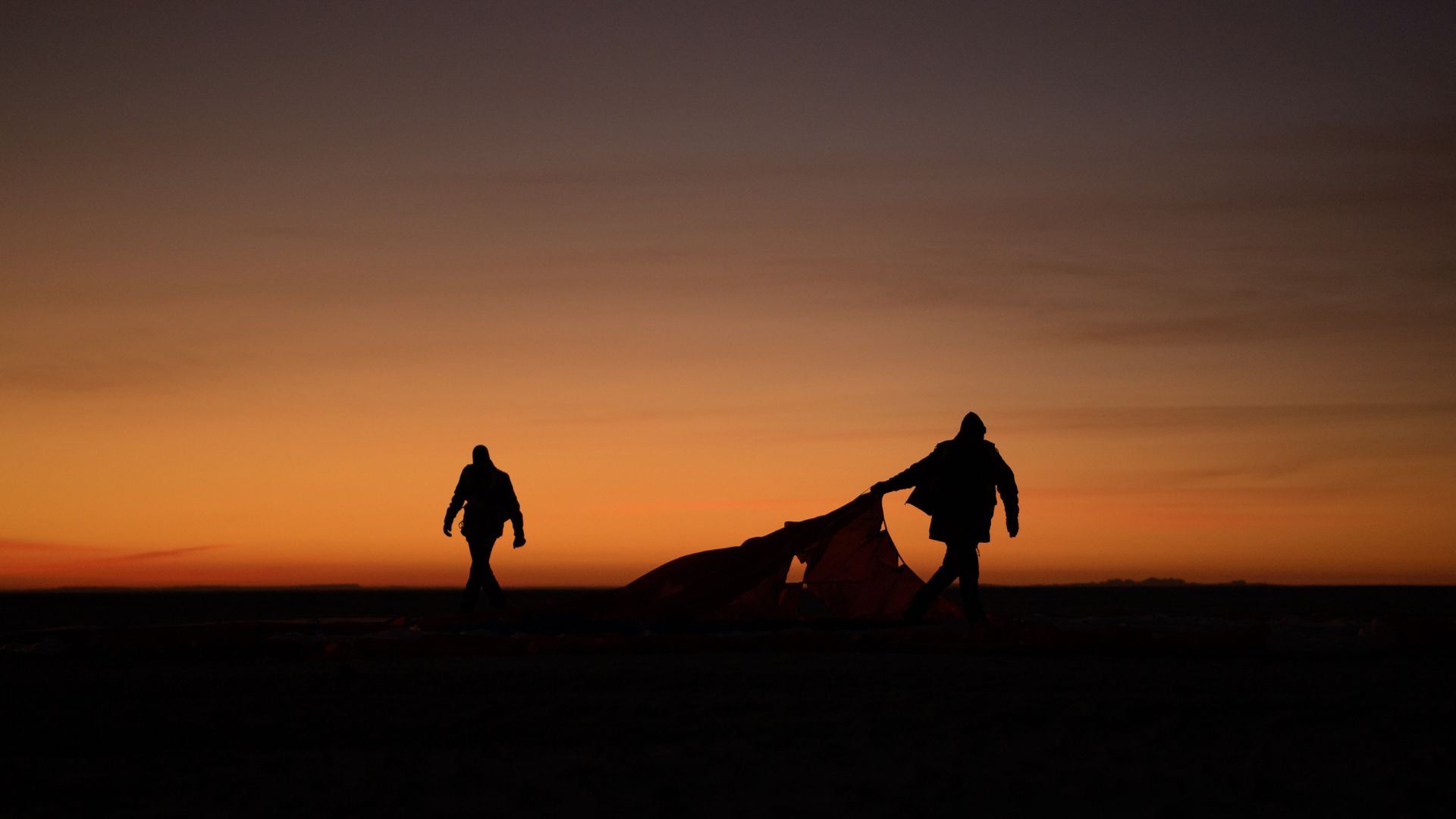
Source: NASA/Bill Ingalls/Wikimedia Commons
NASA and Boeing aim to ensure a safe return, with the possibility of undocking taking place as early as late next week.
